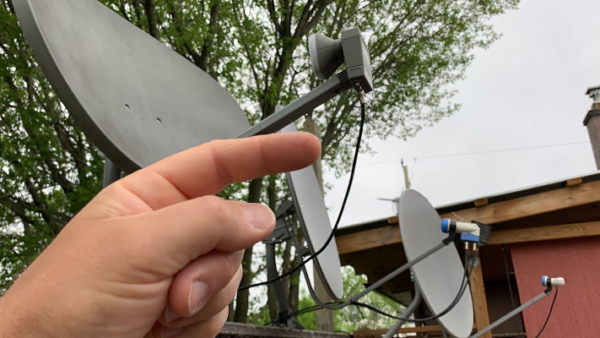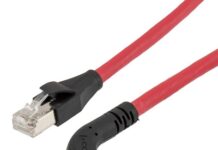
The placement of a satellite dish is an often-overlooked aspect of setting up a home entertainment system. However, selecting the ideal spot is crucial for consistent, quality reception and to ensure your viewing is not interrupted. This article will explore various considerations and tips for choosing the most suitable location for your satellite dish, ensuring you maximise the capabilities of your satellite TV technology.
Understanding the Basics of Satellite Dish Placement
The position of your satellite dish can significantly impact the quality of the signal received. Beyond simply mounting the dish and connecting it to your television, understanding the basic requirements is essential. The dish needs a clear line of sight to the sky, free from obstructions that could block the incoming signal from the satellite. This is influenced by several factors which will be considered in detail.
Key Considerations
The principal considerations involve physical obstructions, property aesthetics, and local regulations, which are all pivotal in making an informed decision. Let’s look into these aspects more deeply.
Physical Obstructions
Trees, buildings, and other tall structures can block the satellite signal, resulting in poor reception or no signal at all. Identifying a spot that minimises these interruptions is paramount. A general guideline is to have as clear a view of the southern sky as possible, as most satellites are positioned around this orientation.
Aesthetic Considerations
While functionality is key, the visual impact of a satellite dish on your home cannot be ignored. Dishes can often be an eyesore when not thoughtfully placed. Choosing a location that balances visibility and functionality involves considering mounting the dish on a discreet side of your property or even integrating it into the building’s design.
Regulatory and Community Guidelines
It’s imperative to be aware of any specific local regulations or homeowners association guidelines that might influence dish placement. In the UK, certain conditions allow satellite dishes to be installed without permission, provided they adhere to specified dimensions and placements.
Evaluating Your Property
Before settling on a location, a thorough evaluation of your property is required to pinpoint potential mounting spots. This includes assessing the building’s orientation, available space, and existing installations.
Building Orientation and Space
The alignment of your home significantly determines where you can install the dish. South-facing walls or roofs are ideal, but not always available. Alternative mounting spots may require additional equipment like longer cables or specialized brackets.
Existing Installations
Consider existing structures such as chimneys or poles that can be utilized to mount the dish. Not only can these serves as robust supports, but they might also elevate the dish above obstructions.
Long-term Scalability
Consider future modifications or potential obstructions that could arise. For instance, growing trees or planned constructions could eventually impede the satellite signal.
Professional Installation Insights
While it’s possible to install a satellite dish yourself, hiring a professional offers several advantages.
Expert Site Assessment
Professional installers are skilled in evaluating a location for optimum signal reception. They use specialized tools to identify the best position and angle for the dish, essential for maximising signal strength.
Quality of Installation
Proper installation impacts the longevity and reliability of your satellite dish. An expert satellite dish installer ensures that the dish is securely mounted and correctly aligned, thus reducing the risk of future adjustments.
Handling Complex Installations
In some cases, installations might require special equipment or knowledge of local building codes. Professional installers are familiar with these nuances and can handle such complexities efficiently.
Enhancing Signal Reception
Even after careful placement, external factors like extreme weather can affect signal quality. Here are some tips for enhancing reception:
Regular Maintenance
Periodic checks and maintenance of the dish are essential, especially following adverse weather conditions. Ensuring it’s free from debris, rust, or misalignment can prolong its life and enhance functionality.
Using Signal Boosters
In areas with inherently weak signals, using boosters can enhance the reception quality. These devices amplify the signal before it reaches your TV, providing a clearer output.
Upgrading Equipment
Technology evolves rapidly, and keeping your satellite dish and related equipment updated can improve your reception quality. Newer models are often more resilient to interference and provide better coverage.
Conclusion
Finding the ideal spot for your satellite dish involves understanding basic requirements and evaluating your property effectively. By considering physical obstructions, aesthetics, and local regulations, and opting for professional installation, you can ensure robust satellite TV reception.
Remember, the goal is not just to install a satellite dish but to integrate it seamlessly into your home while maximizing its performance. Whether for ensuring enjoyable leisure time or staying informed through global broadcasts, the right placement is crucial.


















